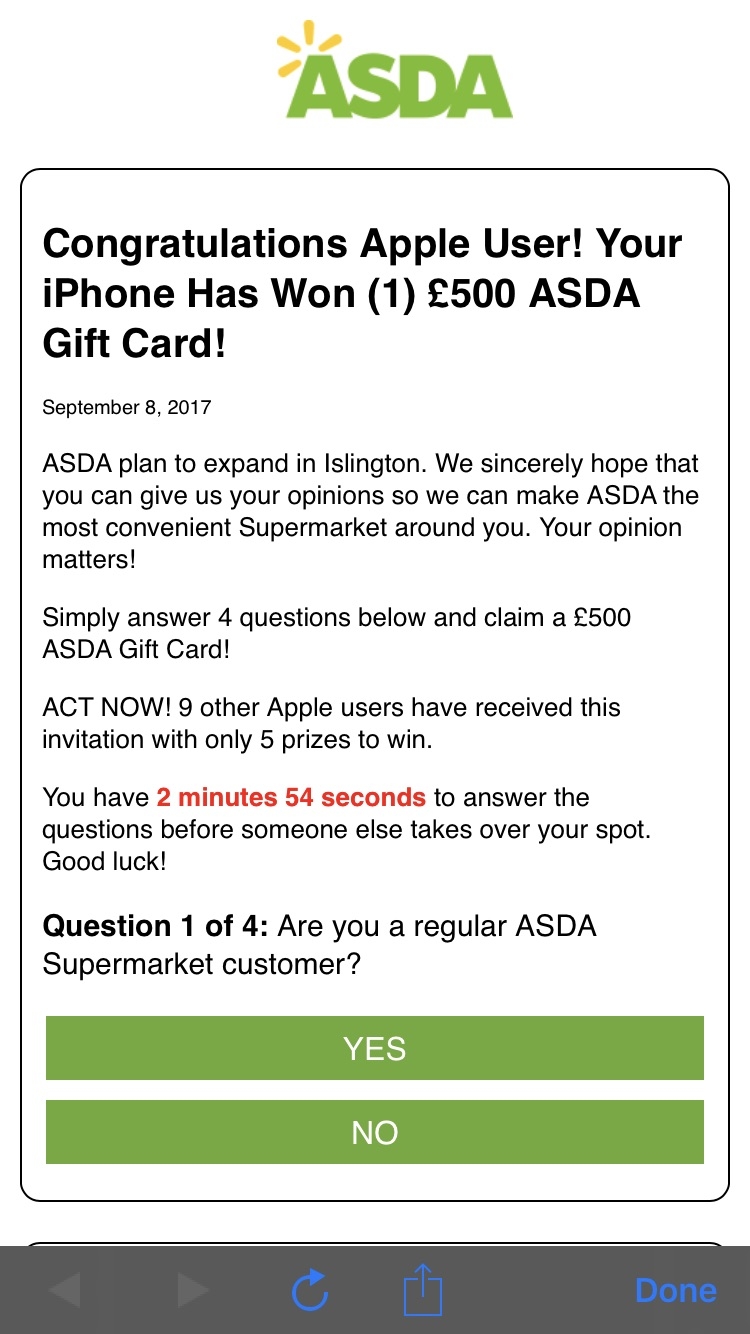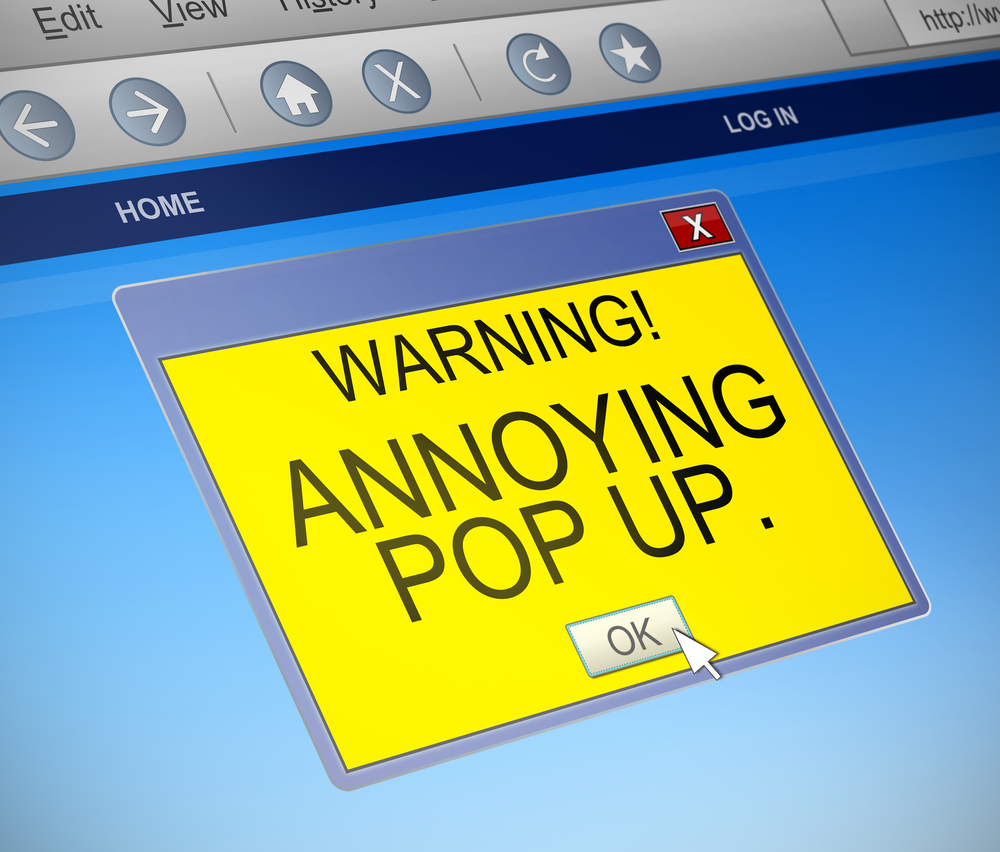

A subtle illustration also makes it more eye-catching.

What we like: Absolution Cosmetics takes a similar approach with its pop-up, presenting the offer in the lower corner without completely disrupting visitors from their browsing. It’s not overtly intrusive, but still visible enough to get your attention. Instead, the email form pop-up is stuck to the bottom corner. What we like: Wild Souls sports one of the coolest ecommerce websites out there, and its designers chose not to deactivate the main page with a modal. The “Free Shipping & Returns” copy is a nice touch as well. What we like: Clean and simple, this pop-up gets straight to the point and wastes no space or words. What we like: Vibrant and inviting, this pop up includes style and copy choices that convey the brand voice of Pipsnacks and actively encourage you to seize the deal. Now, let’s look at some high-quality pop-up examples across the web, broken down into the following categories:ĭiscount Offer Website Pop-Up Examples 1. If a user isn’t interested, allow them to easily close the pop-up somehow. This could be a discount code, access to exclusive deals, a content offer, or anything else relevant to your unique business. If yours offers a clearly stated benefit to the user, there’s a good chance they’ll take advantage.

Therefore, it’s at least worth experimenting with pop-ups on your website and seeing if your conversion rates improve. So, while you may disagree with the ethics of pop-ups from a UX standpoint, they’re an easy, cheap, and effective way to get a visitor’s attention, which may result in them becoming a lead. They’ve been proven effective at channeling visitors into conversions by offering discounts, promoting an email newsletter, and/or offering membership of some kind. Pop-ups not only disrupt the user’s experience, but do so intentionally while trying to get you to do something.Įven still, pop-ups are widely common on business websites, especially ecommerce sites. They’re (understandably) seen by many as annoying or even intrusive. Let’s address the obvious: Not everyone likes pop-ups. Pop-ups can also appear in different forms, such as a modal that deactivates the rest of the page until the user interacts with the pop-up, a welcome mat that takes up the entire page, a banner that spans the bottom or top of the viewport, or a smaller window that still allows interaction with the rest of the page. They can also be triggered by actions like scrolling, clicking, or an exit intent (i.e., when cursor movement indicates the user is about to close the page). On websites, pop-ups often appear soon after the page loads the first time the visitor accesses the page. Pop-ups are used primarily by marketers to promote offers and generate leads, but can also alert users of other things like cookie use. A website popup is a window the appears in the user interface without an intentional action from the user - they “pop up” into view.


 0 kommentar(er)
0 kommentar(er)
